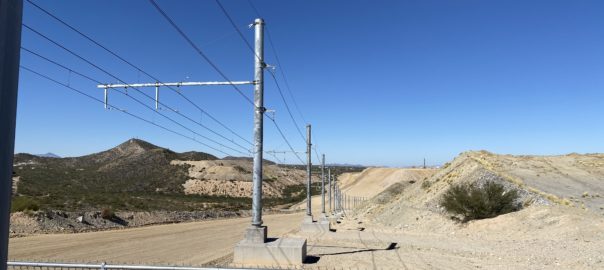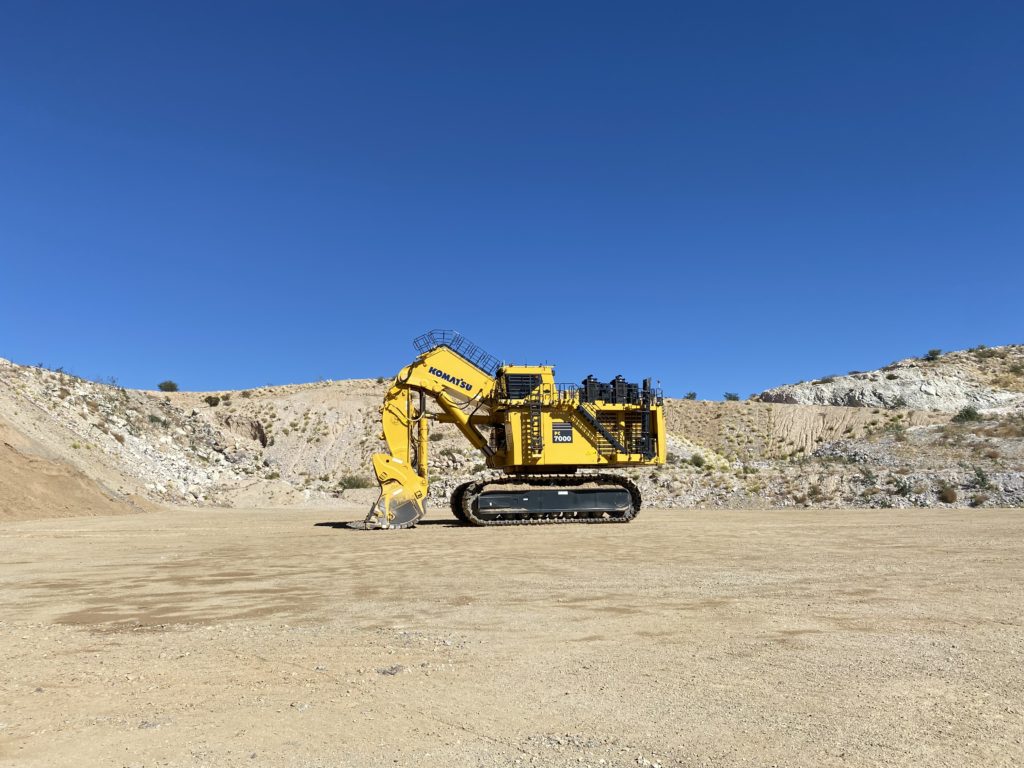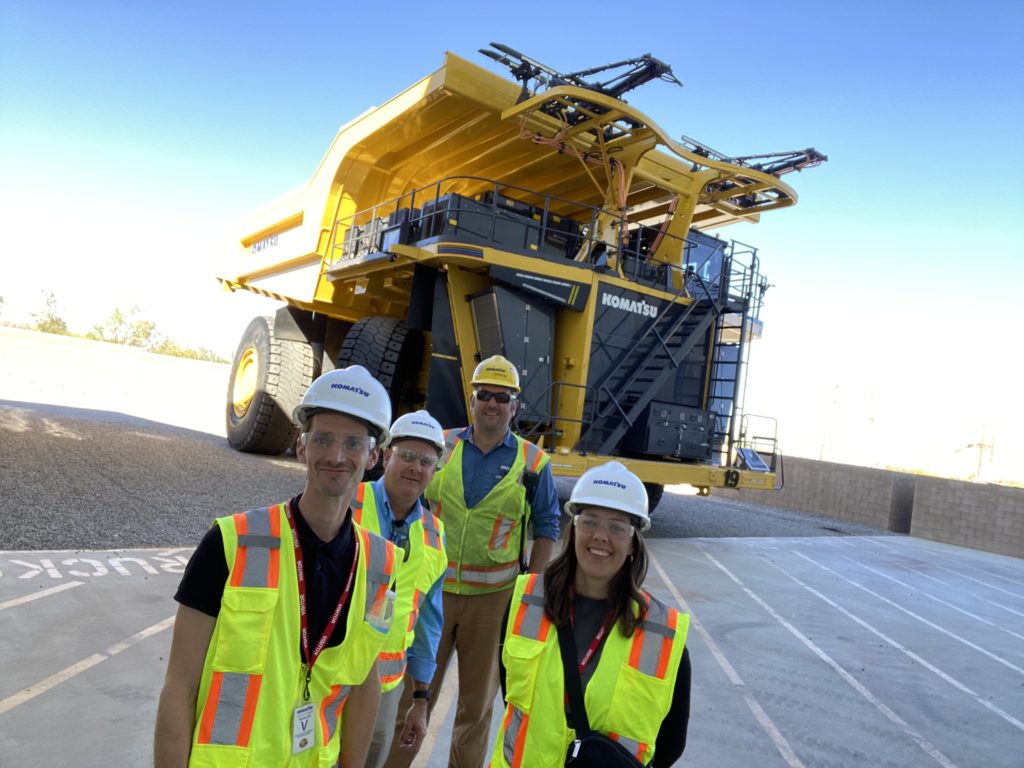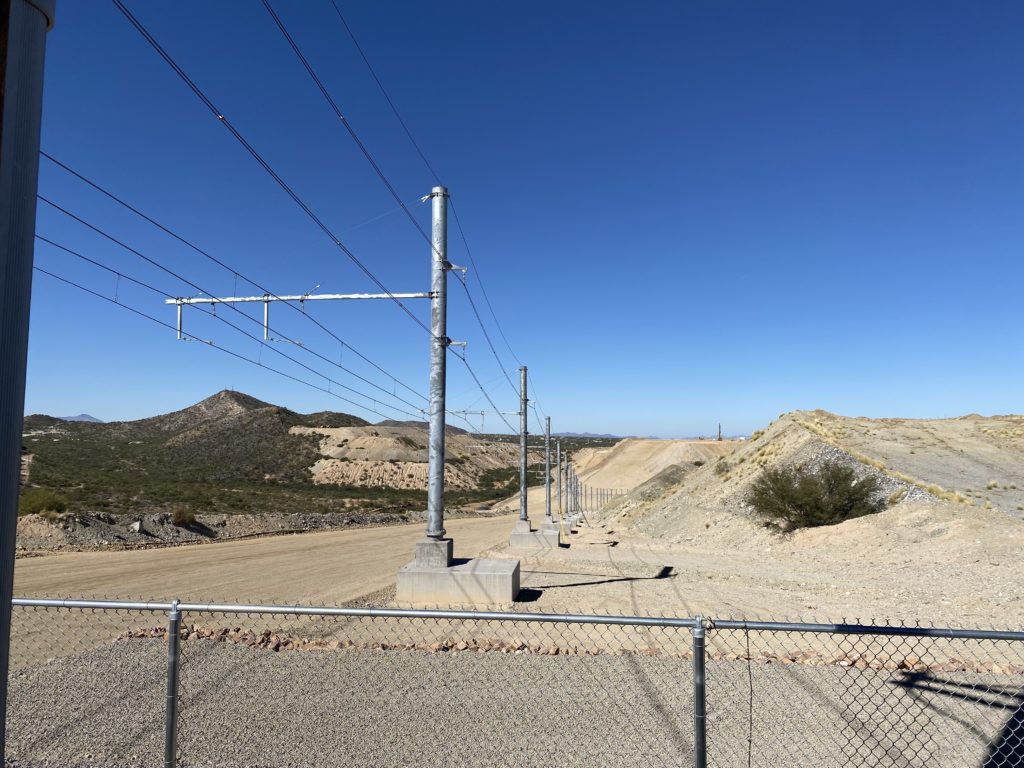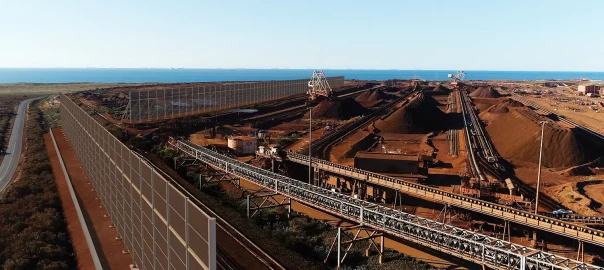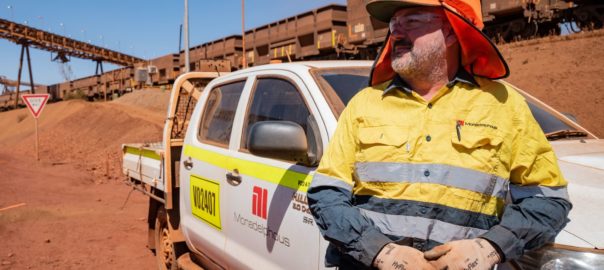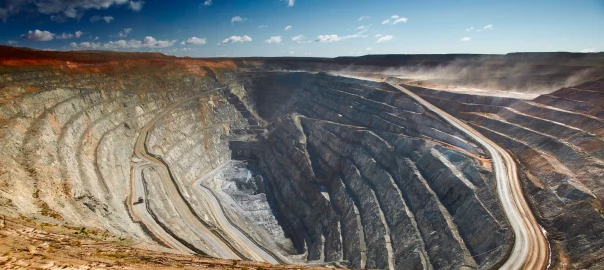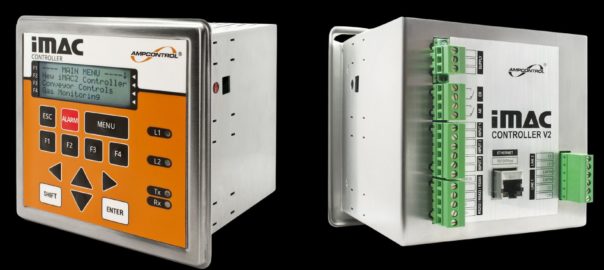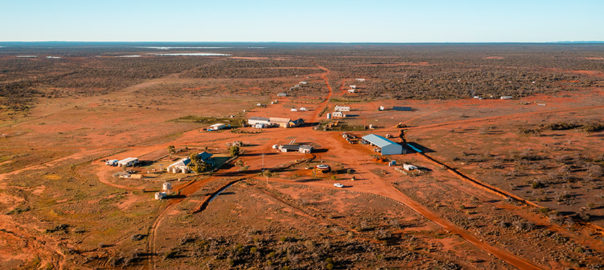Nyiyaparli Traditional Owner Business, Resource Operations and Maintenance Services (ROMS) has been awarded a A$2.8 million ($2 million) contract to help with mine rehabilitation at BHP’s Newman Operations, on Nyiyaparli Country, in Western Australia.
Work is underway on the eight-month contract for bulk earthworks and mine rehabilitation of two of the overburden stockpile areas at Newman West.
The works involve a fleet of Cat dozers to undertake the bulk regrade work, in conjunction with a fleet of ancillary equipment to undertake topsoil spreading, scarification and fauna habitat construction.
This is ROMS’ first mine rehabilitation contract with Newman Operations, however the company has worked across BHP since joining the South Flank project, also in Western Australia, in 2018.
ROMS Managing Director, Jason Bull, said: “BHP has continued to support our growth and we’re now onsite at South Flank, Whaleback, Jimblebar and Mining Area C delivering our services to operations, sustaining capital and engineering works.
“We have two fully trained and developed Indigenous supervisors at BHP sites, as well as nine young Indigenous people completing a Certificate II in civil construction. This has helped build a solid portfolio of tickets, with strong on-site learning and positive mentoring through our group’s strong culture.”
Newman Operations General Manager, Dan Heal, said the partnership with ROMS was just one of the many partnerships Newman Operations hopes to build upon into the future with Pilbara Aboriginal businesses.
“Supporting our community and working with Traditional Owners towards a common purpose is something I’m particularly excited about growing here in Newman,” he said. “Contracts like this encourage the growth of Indigenous business and create new opportunities for our Traditional Owners to support their own communities.”
Bull added: “We’re extremely appreciative of BHP’s support and look forward to making a positive impact on the local community through our continued partnership with BHP.”








